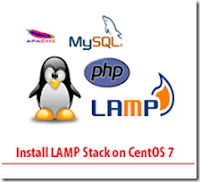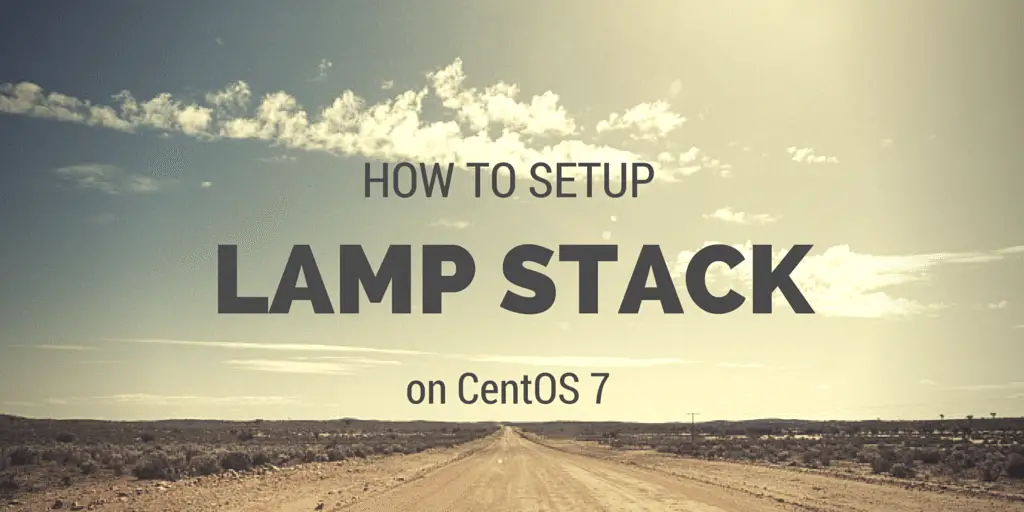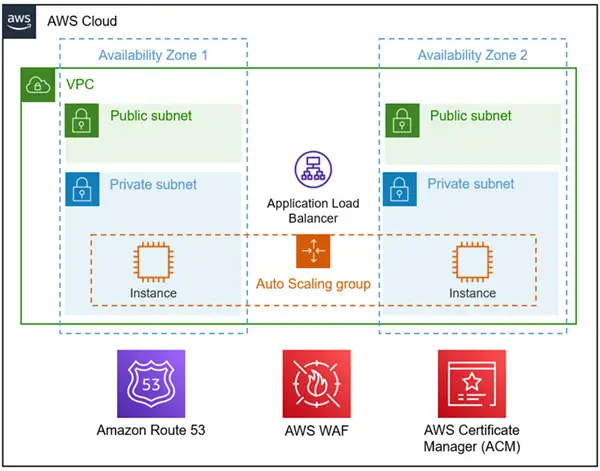Setting Up a LAMP Stack on CentOS for Web Development

A LAMP stack is a software bundle that combines Linux, Apache, MariaDB (MySQL), and PHP into a comprehensive platform for developing and hosting dynamic web applications. CentOS is a free and open-source Linux distribution that is a popular choice for hosting web servers.

Prerequisites:

- A CentOS 7 or later server
- Root access or a user with sudo privileges
Step 1: Install the LAMP Stack
sudo yum install httpd mariadb-server mariadb php php-mysqlStep 2: Start and Enable Services
sudo systemctl start httpd
sudo systemctl enable httpd
sudo systemctl start mariadb
sudo systemctl enable mariadbStep 3: Create a MySQL Database and User
sudo mysql -u root -p
CREATE DATABASE my_database;
GRANT ALL PRIVILEGES ON my_database.* TO my_user@localhost IDENTIFIED BY 'my_password';
FLUSH PRIVILEGES;Step 4: Configure PHP
Edit the PHP configuration file:
sudo vi /etc/php.iniUpdate the following settings:
memory_limit = 128M
upload_max_filesize = 2M
post_max_size = 8MStep 5: Test the Installation
Create a PHP file called info.php in the document root directory (/var/www/html):
<?php
phpinfo();
?>Access the file in your browser at http://your_server_ip/info.php. It should display information about the PHP installation.
Step 6: Install Composer (Optional)
Composer is a package manager for PHP projects. It helps you manage dependencies and install libraries:
sudo curl -sS https://getcomposer.org/installer | sudo php -- --install-dir=/usr/local/bin --filename=composerStep 7: Secure Your Server
To improve the security of your web server, consider implementing the following measures:
- Enable an HTTPS certificate
- Install a web application firewall (WAF)
- Configure SELinux to enforce security policies## Setting Up A Lamp Stack On Centos For Web Development
Executive Summary
This guide provides a comprehensive overview of setting up a LAMP stack on CentOS for web development. It covers everything from installing the necessary software to configuring your web server and database. By following these steps, you can create a powerful and reliable environment for developing and hosting your web applications.
Introduction
LAMP is a popular software stack for web development that includes the Linux operating system, the Apache web server, the MySQL database server, and the PHP programming language. LAMP is open source and cross-platform, making it a cost-effective and versatile solution for web development.
Subtopics
Installing the LAMP Stack
To install the LAMP stack on CentOS, you can use the following commands:
sudo yum install httpdsudo yum install mariadb-serversudo yum install php
Configuring the Web Server
Once the LAMP stack is installed, you need to configure the web server. This can be done by editing the Apache configuration file, which is located at /etc/httpd/conf/httpd.conf.
Configuring the Database Server
Once the web server is configured, you need to configure the database server. This can be done by editing the MySQL configuration file, which is located at /etc/my.cnf.
Securing the LAMP Stack
Once the LAMP stack is configured, you need to secure it. This can be done by enabling SSL, setting up a firewall, and creating strong passwords.
Troubleshooting the LAMP Stack
If you encounter any problems with your LAMP stack, you can troubleshoot them by checking the error logs. The Apache error logs are located at /var/log/httpd/error_log, and the MySQL error logs are located at /var/log/mysqld.log.
Conclusion
By following these steps, you can create a powerful and reliable environment for developing and hosting your web applications. LAMP is a proven technology stack that is used by millions of websites around the world.
Keyword Phrase Tags
- LAMP stack
- CentOS
- Web development
- Apache
- MySQL
- PHP


Thank you for this informative article, it was very helpful.
I’m not sure if this article is accurate, I’ve read other articles that say different things.
I’m interested in learning more about this topic, can you recommend any other resources?
I disagree with some of the points you made in this article, I think you’re wrong.
This article is so well-written that it’s almost as if it was written by a robot.
Wow, this article is so informative, I’m sure I’ll never need to read another article on this topic again.
I’m not sure what’s funnier, the article or the comments.
I found this article to be very helpful, I was able to set up my lamp stack on centos with no problems.
I’m not sure what you mean by ‘lamp stack’, could you explain that?
I disagree with your choice of software for the lamp stack, I think there are better options available.
I’m so excited to try this out, I’ve been wanting to set up a lamp stack on centos for a while now.
I think this article could be improved by providing more detailed instructions.
I’m interested in learning more about web development, can you recommend any other resources?